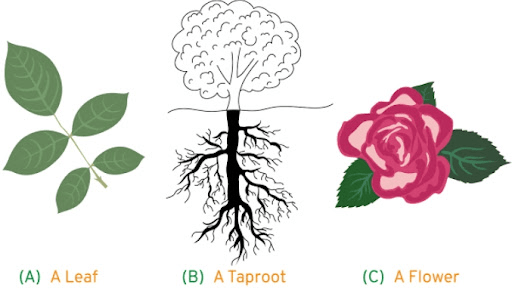NCERT Solutions for Class 6 Science Chapter 7 Getting to Know Plants In Hindi PDF Download





















FAQs on NCERT Solutions for Class 6 Science Chapter 7 - In Hindi
1. Mention the functions of a stem in a plant?
Following are the functions of a stem in a plant:
It helps the plant to stand firm as it gives support to the rest of the plant.
It plays an important role in photosynthesis as it conducts water from roots to different parts of the plant.
Stems of plants like potatoes and ginger store extra food in the form of carbohydrates.
It transports glucose to different parts of the plant.
2. How can I benefit from using NCERT solutions?
NCERT Solutions are the most preferred source of learning opted by the students. It is because it has ample advantages that cater to the needs of students. If you choose to study from the NCERT solutions provided by Vedantu, you will get high quality and accurate answers written in easy language. It accelerates your practice and gives you an idea of important questions. It also saves your time.
3. How can I write impressive answers in the Biology exam?
The key to scoring good marks in Biology is that you should focus on writing answers to the point. The answers should be concise and informative. Avoid filling up unnecessary information as it can make your answer vague. Keep the word limit in mind while writing your answers. Another important thing to note here is, always draw neat and clean diagrams to support your answers.
4. Can I download NCERT Solutions for Class 6 Science for free?
You can visit the official website of Vedantu to download NCERT Solutions for free. You can choose the chapters, for which you want to download NCERT solutions and click on the download option to save it on your device. The NCERT Solutions for Class 6 Science are available in both English and Hindi language in PDF format, which you can download at absolutely no cost. For easy access, you can download the Vedantu app on your phone.
5. Explain leaf venation and its types.
Leaf venation is the pattern or design made by the veins of the leaf. There are two types of leaf venation, which are as follow:
Parallel Venation- When the veins of the leaf are parallel to each other or the midrib, it is called parallel venation.
Reticulate Venation- When the veins of the leaf make a net-like pattern on both sides of the midrib, it is called reticulate venation.



